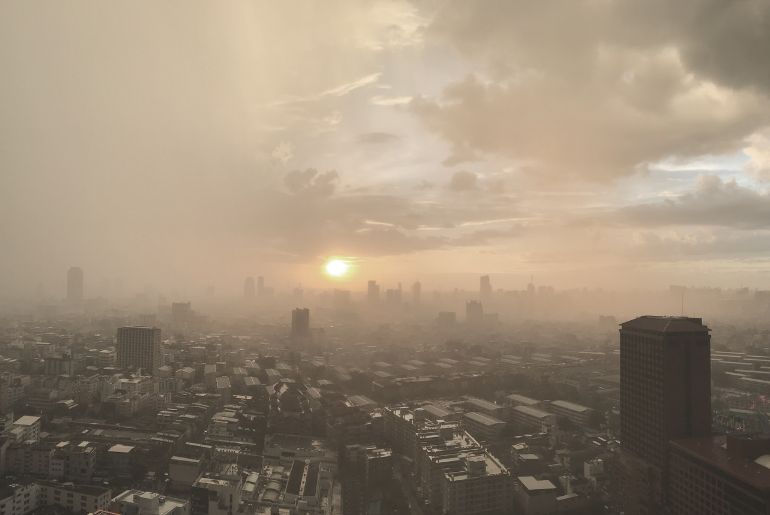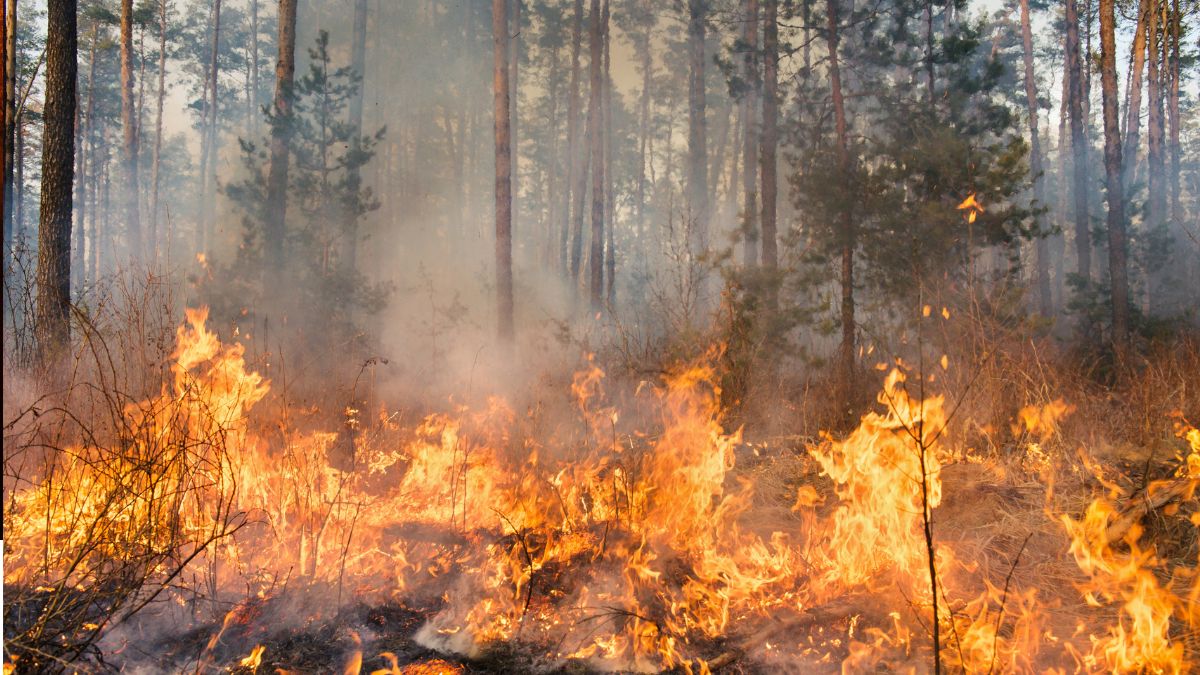Given the deteriorating air quality in the nation’s capital, the Delhi administration has reinstated its odd-even vehicle rationing scheme. Gopal Rai, the environment minister for Delhi, has announced that the odd-even program will return for a week, from November 13 to November 20. Here’s what the rule is all about and how its return can help the national capital breathe better!
Delhi’s AQI Reaches 470 Bringing Back Odd-Even Rule
दिल्ली में बढ़ते प्रदूषण को देखते हुए दिल्ली सरकार का महत्वपूर्ण फ़ैसला –
दिल्ली में दिवाली के बाद प्रदूषण बढ़ सकता है
इसके मद्देनज़र फ़ैसला लिया गया है कि दिल्ली में 13 November से 20 November तक Odd-Even लागू होगा
एक हफ़्ते बाद इसकी समीक्षा की जायेगी
– @AapKaGopalRai pic.twitter.com/gIE5ih0BuW
— AAP (@AamAadmiParty) November 6, 2023
Following a high-level conference that was presided over by Delhi Chief Minister Arvind Kejriwal, Rai, Ministers Atishi and Saurabh Bhardwaj, as well as representatives from the relevant departments, made this decision.
The odd-even system, which was implemented by the Kejriwal-led administration in 2016, only permits private automobiles to be driven on alternating days, based on the final digit on their license plate. According to this approach, cars whose license plate numbers end in even digits can drive on even dates, and cars whose license plate numbers end in odd digits can drive on odd dates.
When the plan was being implemented in 2016, the Delhi government released a notification stating that the limits also applied to four-wheeler vehicles registered in other states but not used for transportation. The warning further stated that the owner would be subject to a sizable fee for breaking the limits.
A 2018 study by the Energy and Resources Institute found that almost 40% of the PM 2.5 pollution in the nation’s capital is caused by vehicle emissions. (As per Hindustan Times)
Also Read: Man Cooks 30 Recipes For 30 Days Using Words From Inktober Prompt List Our Minds Are Blown
Restrictions Implemented As Per GRAP
What is this behavior Delhi 😢
Earthquake, smog, extreme weather, terrific climate. pic.twitter.com/qaYGJgXmRd
— Dr. Ruchika (@theindiangirl__) November 4, 2023
The System of Air Quality and Weather Forecasting and Research (SAFAR)-India reports that the overall air quality index (AQI) for New Delhi and the National Capital Region (NCR) is still in the “critical” range, indicating that the city’s air quality status is still critical.
Consequently, on November 5, the national capital was subject to restrictions outlined in Stage IV of the Graded Response Action Plan (GRAP). GRAP is a collection of emergency action plans that are implemented in four stages.
Rai added that the government has chosen to halt in-person instruction in all schools, with the exception of pupils in classes 10 and 12 who are preparing for board exams, in order to prioritize the health of schoolchildren.
As a deadly haze hovered over the area for the seventh day in a row, pollution levels in Delhi-NCR on November 6 were measured seven to eight times above the government-mandated safe limit. (As per Hindustan Times)
Also Read: Mumbai Iconic Gateway Of India To Welcome Electric Water Taxis In December 2023
Nearby States Too Affected

The System of Air Quality and Weather Forecasting and Research (SAFAR)-India reports that the current index has reached the final stage, known as “severe plus,” with an AQI above 500.
Numerous other cities in the nearby states of Uttar Pradesh, Rajasthan, and Haryana have also been affected by the poor quality of the air, with all of them reporting dangerously high pollution levels.
The surrounding cities of Delhi, including Ghaziabad (413 AQI), Gurugram (369 AQI), Noida (403 AQI), Greater Noida (396 AQI), and Faridabad (426 AQI), also registered dangerous air quality levels at 7am.
Also Read: Soon, Senior Citizens May Be Able To Travel For FREE On NMMT Buses
What are your views?
Cover Image Courtesy: Canva
For more such snackable content, interesting discoveries and latest updates on food, travel and experiences in your city, download the Curly Tales App. Download HERE.
Good news! We are on WhatsApp! Subscribe to Curly Tales WhatsApp Channel to stay up-to-date with exclusive content and BTS. Join HERE.




